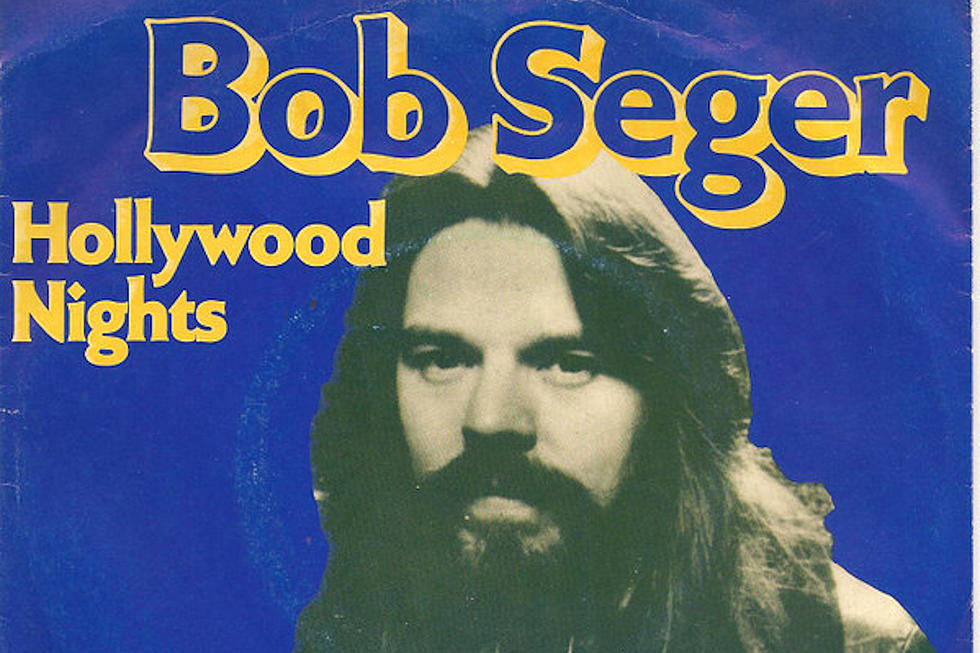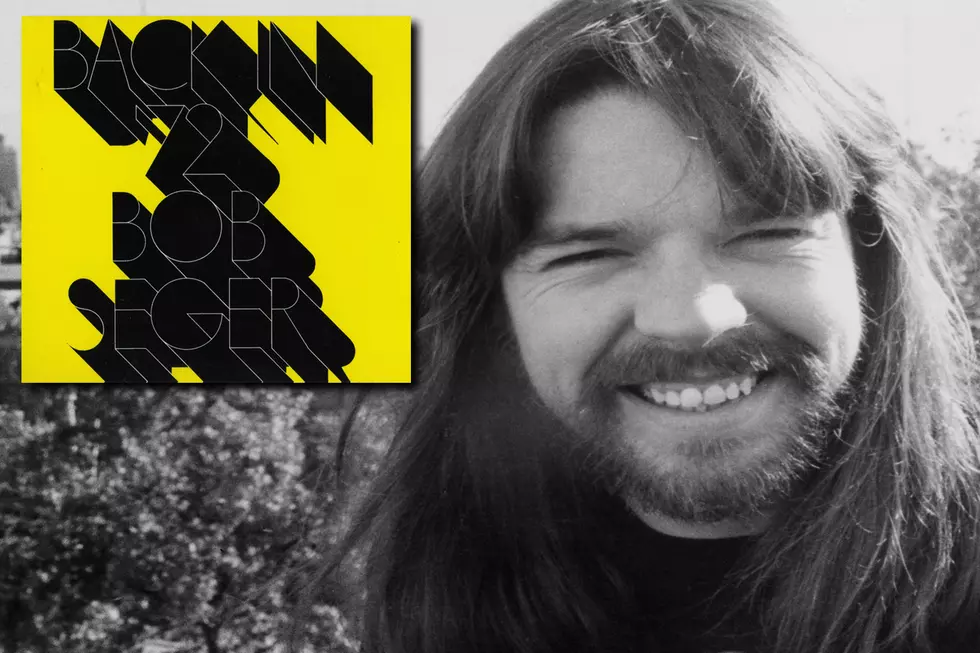Bob Seger System, ‘2 + 2 = ?': Rock’s Hidden Gems
Bob Seger is an aggravating man. The Rock and Roll Hall of Fame member has been making music for 50 years and still commands a large audience and constant airplay on classic rock radio everywhere. So Bob, please tell us all why you have consistently ignored your brilliant early years?
Long before Bob was shilling for Chevy or wallowing in nostalgia for that old time rock and roll, the man was making some of the most visceral and potent rock and roll of all time. Between 1966 and 1974, Seger made a whole batch of incredible singles and some good-to-great albums, but his legacy has become a re-writing of history, as anything pre-Night Moves is all but ignored by the man himself. As a result, radio never plays the stuff and the early material has never been given the reissue treatment it deserves.
Flashback to 1966 for the brutal punch of "East Side Story" or the Bob Dylan-inspired assault of "Persecution Smith," both released on the Detroit-based Cameo-Parkway label. A year later, the driving, rock solid grove of "Heavy Music" was unleashed. Though none of these scored big sales, they were local hits, and Seger's reputation as a live act continued to grow. In 1967, he signed to Capitol Records.
For his first single for Capitol, Seger and his band (billed as the Bob Seger System) put forth a genuine mind-blower and a speaker shredder, "2 +2 = ?." Released in January 1968, it was, and remains, one of the most defiant anti-war statements ever released. With lyrics like "Yes it's true I am a young man / But I'm old enough to kill / I don't want to kill nobody / But I must if you so will / And if I raise my hand in question / You just say that I'm a fool," Seger makes no secret as to which side he is on as he continues the tale of friends who died in the Vietnam War. And this was written in 1967, early in the anti-war movement.
There is not what you could call a defined verse or chorus in the song, and its anti-establishment lyric hardly helped to make it an AM radio hit, but its power has remained fully in tact nearly 50 years on from its release. The single's B-side was another Seger-penned riotous raver, "Death Row," which was equally chaotic and intense. Though these early sides were never afforded the attention of his later hits, the underground took plenty of notes, and over time, those in search of raw rock and roll would search these out. Just ask Jack White, or just about any garage band worth their sweat over the last 40-plus years.
So we are left standing here in a state of confused anger, asking, what happened to Bob Seger? How do you go from the insane chaos of "2 + 2 =?" or "Persecution Smith" to the utter dreck of "Against the Wind" or "Like a Rock"? More importantly, why does Seger turn his back on his own grand legacy? It remains one of the great mysteries of rock and roll.
"2 + 2 = ?" was included on the band's debut album for Capitol, Ramblin' Gamblin' Man, the title cut of which would provide Seger with his first hit.
See Bob Seger and Other Rockers in the Top 100 Albums of the '70s
Criminally Underrated Rock Albums
More From Ultimate Classic Rock









